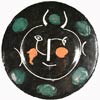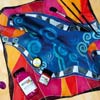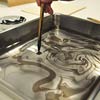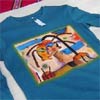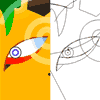To start painting with watercolors, first, we must learn how to get ready the basic materials that we’ll need, and then, I will show you how to stretch the watercolor paper.
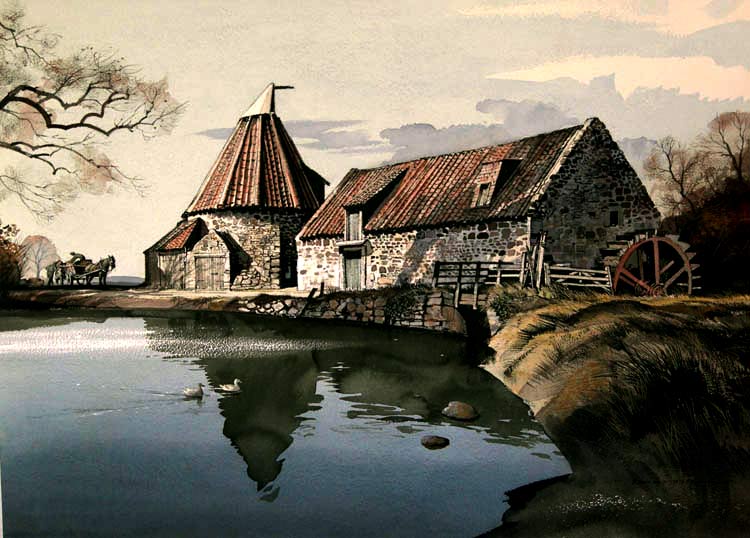
Watercolor Paintings
Watercolors are made from Gum arabic and pigments in powder. We use water as diluent.
You can find watercolors as tablets and tubes, the first cheaper.
The tablets are very good paint to do small color mixtures and to create sketches, but they tend to dry fast and we should keep covering them with a damp cloth before closing the box.
The tubes of watercolor are more rich in color and it doesn’t spoil the brushes as the tablets do, because we don’t need to rub.
Quality, however, depends on the quality of the pigments which have been used to make the paint, whether he is in a tube or a tablet.
Watercolor Brushes
Today they sell many very cheap brushes made of synthetic materials. Good brushes are animal hair brushes. Previously the hair of red marten, mixed marten, squirrel or ox hair was used. The red marten (American pine marten) is an endangered animal, so it is better not to buy these brushes, also very expensive, depending on the size of the brush. Nylon synthetics are cheap but weak. You have to test the marks and check that the brush does not release hairs when we paint.
Watercolor brush sizes
We will need the 4 basic ones: a large one, a small one, a flat one and a round one. Or for example; Round brush # 6, round brush # 3, Chinese bamboo brush # 5, round brush # 12, 6mm and 15mm flat brushes.
The essential thing is to test a brand and verify that its fibers, whether synthetic or natural, are well attached to the stick and that it is a brush that does not lose hair when painting. If it is a natural hair it will be more expensive in price but it will last longer. If it is made of synthetic fibers, it will last less time, as they degrade much faster, but usually the price is usually moderate or low, which compensates and allows you to renew the brushes more easily.
Color mixing paddles
We need a metal or laminated palette with compartments to do individual mixes. We can also use white dishes to do make mixtures.
Other tools for working with watercolor
– Two water containers, one for cleaning brushes and the other to take water to dilute watercolors. And we’ll change the water often.
– A vegetable or marine sponge is useful for drying paper or if we need to extract the paint.
– A cotton cloth to absorb the excess of water and to clean brushes.
– Drawing pencils should be soft, 2B. And a moldable soft rubber, which we can shape.
It should be used very little and very gently.
– Masking fluid to create reserves of white and to create shaped edges.
Related post: How to paint with Masking fluid.
Watercolor papers
Characteristics of papers:
- Sheet grammage or weight.
- Surface, fine or porous. There are 3 types; Rough, not pressed (medium grain) and hot pressed (very smooth). The most used is the non-pressing.
- Dimensions.
How to stretch the watercolor paper
The paper must be able to absorb the water, so, not too thin, and not shiny.
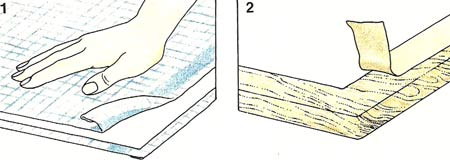
Stretching watercolour paper
The watercolor paper that has less than 300 g must first be stretched previously, so it will not be deformed by the water paint.
- Prepare the sheet of paper, a roll of duct tape about 2 inches wide, scissors, a drawing board, and two clean, thick cotton cloths.
- We cut the adhesive tape with the measurements of the paper plus five cm of excess, so that later all the paper surrounds.
- We put the paper in the water, in the bathtub, in aboat or with the tap gently, but always without bending or wrinkling it. So the paper is completely wet.
- We remove the paper from the water and shake or hold to drain the water. The paper is placed between the two cloths, spread out and flat, and smoothed by hand to remove moisture.
- The sheet is placed on the drawing board, checking that it is completely smooth. It adjusts to the board and sticks with the adhesive tapes prepared before, so that it grips the edges of the paper and forces it to continue to spread. This will keep it fixed while air drying naturally.
The Watercolors paintings on this entry are made by Rowland Hilder, and here you can see more of his splendid watercolors.
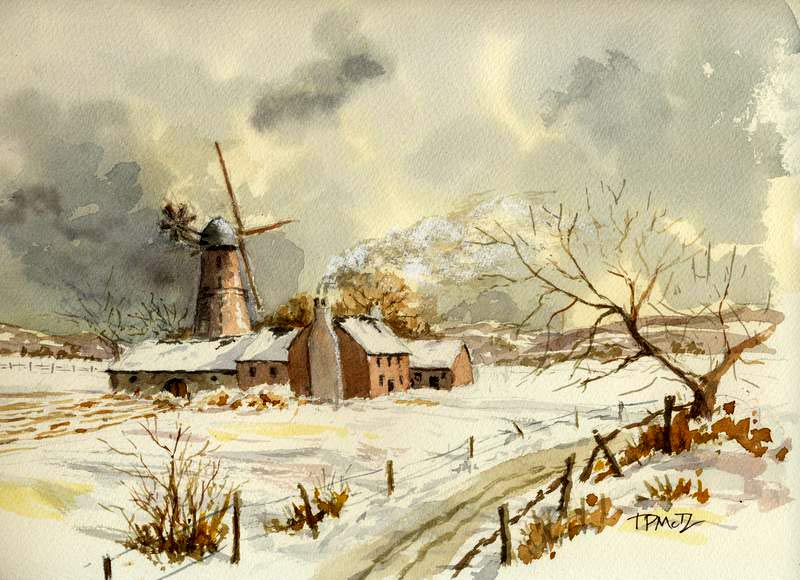
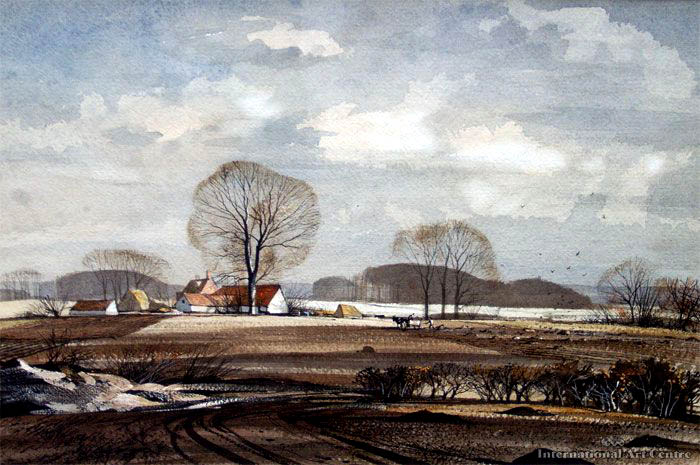
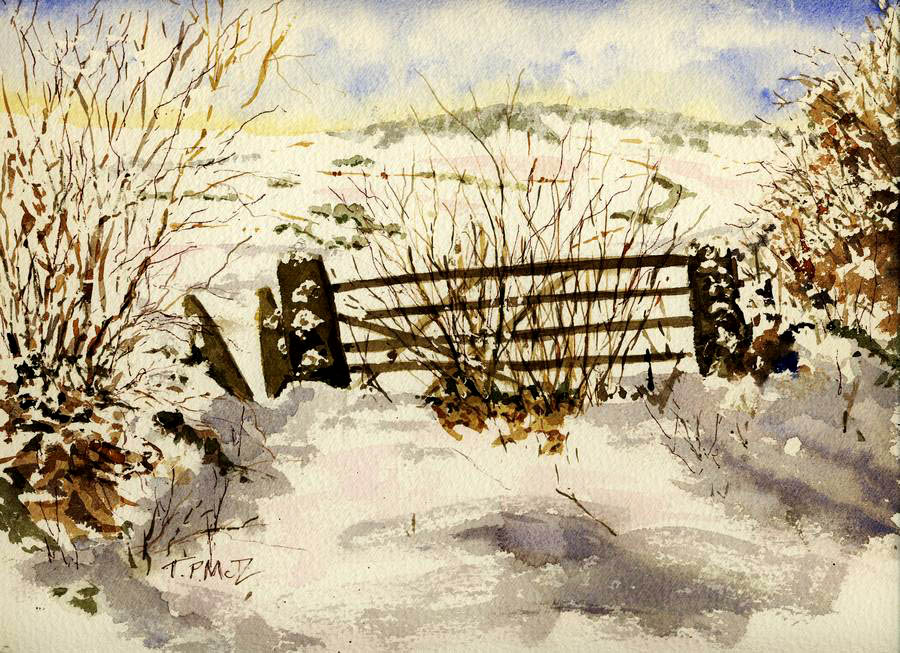
Rowland Hilder paintings.

